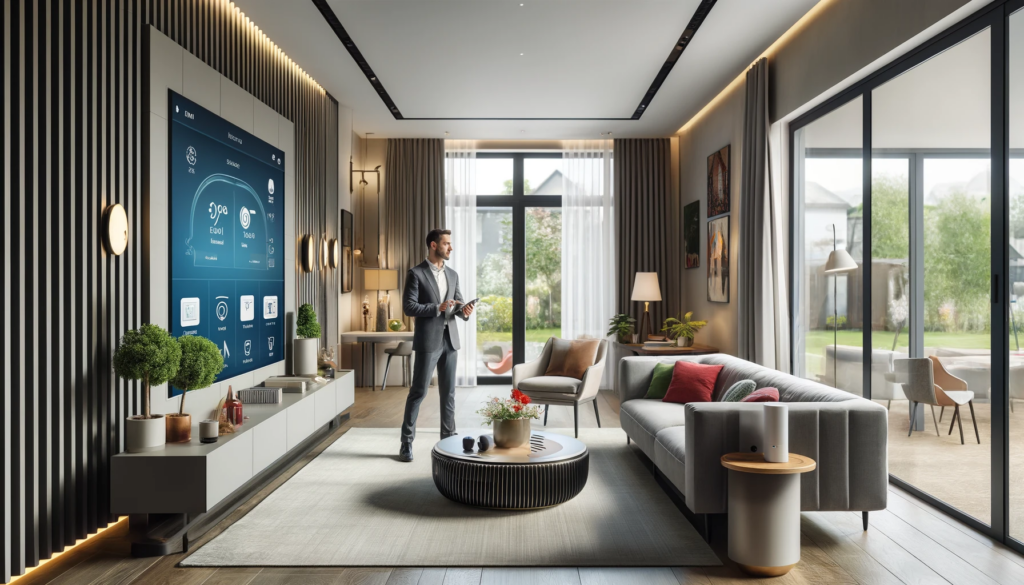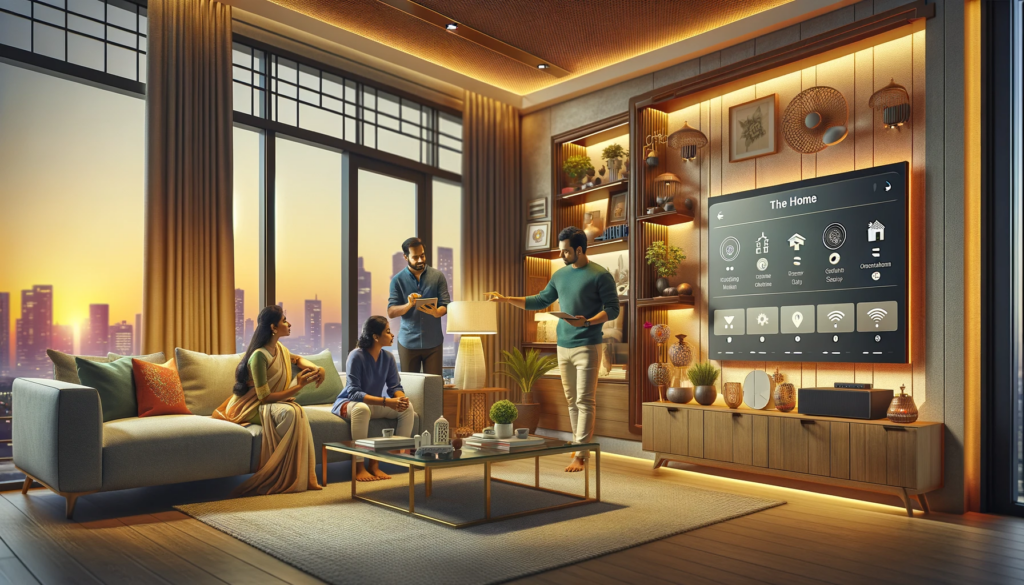Tired of staring at the same old decor but worried about the cost of a refresh home makeover? A stunning home makeover doesn’t have to drain your wallet. With a few clever tweaks and budget-friendly ideas. Anyone can breathe new life into the space and transform it into a cozy, stylish haven. Let’s explore some ideas.
Rearrange Your Furniture for Home Makeover
Sometimes, the simplest change can make the biggest impact. Experiment with rearranging your furniture to create a new layout. Move your sofa to a different wall, switch chairs between rooms. Or angle your furniture to make the space feel more dynamic. A fresh perspective can make your space feel brand new—and it’s completely free!
Play with Textiles
Swapping out old textiles with new ones is an easy and affordable way to refresh your home makeover. Consider adding or changing:
- Curtains: Update your window treatments to introduce new colors and materials.
- Area Rugs: Define your spaces and add warmth with a chic, affordable rug.
- Throw Pillows: Mix and match colors, patterns, and textures for a bold statement.
Add a Splash of Paint
A can of paint can work wonders for your home makeover. Whether you go for an accent wall, repaint old furniture. Or even try painting your ceiling for a dramatic effect, this low-cost option instantly elevates your decor. For a trendy, affordable upgrade, consider:
- Chalk paint for furniture refinishing.
- Bold colors for a single statement wall.
- Neutral tones to brighten and open up small spaces.
Bring in Greenery for Home Makeover
Plants can breathe life into any room, adding color, and a calming vibe. Choose low-maintenance plants like succulents, snake plants, or pothos if you’re not a seasoned plant parent. If you’re on a tight budget, check local markets or propagate plants from cuttings. Use stylish pots or DIY your own with inexpensive materials for added charm.
Revamp with Wall Art
Bare walls can make a space feel incomplete. Refresh your home makeover decor by:
- Creating a gallery wall with thrifted frames, personal photos, or inexpensive prints.
- Hanging DIY art made from materials like canvas, fabric, or even wallpaper scraps.
- Using removable wall decals for a customizable and affordable design solution.
Incorporate DIY Decor
Tap into your creativity with do-it-yourself projects that add personality to your home.
- Repurposing old items: Turn mason jars into vases or storage, or convert wooden crates into shelves.
- Crafting decor: Make your own wreaths, centerpieces, or decorative trays.
- Upcycling furniture: Sand and repaint old furniture for a refreshed look.
Update Lighting Fixtures
Lighting can completely change the mood of a room. Swap outdated fixtures for affordable, modern options. Or add decorative lamps and string lights to create ambiance. Consider using LED bulbs for an energy-efficient, budget-friendly upgrade.
Use Mirrors to Expand Space
Mirrors are a decorator’s secret weapon for making spaces feel larger and brighter. Look for budget-friendly options at thrift stores or discount shops. place them strategically to reflect light and open up the room. A well-placed mirror can transform even the smallest space.
Declutter and Accessorize
Sometimes, the best refresh comes from removing clutter and simplifying your decor. Once your space is decluttered, add small accessories to tie the room together.
- Candles and holders
- Books and magazines
- Small sculptures or decorative bowls
Shop Smart for Home Makeover
Finally, don’t underestimate the value of thrift stores, flea markets, and online marketplaces. You can find unique, high-quality items at a fraction of the cost. Keep an eye out for furniture, vintage decor, or quirky pieces that add character to your home.
KlugKraft is the premier online destination for system integrators and interior designers to showcase their home & office automation products. This platform is meticulously crafted to highlight the synergy between innovative technology and elegant design. Providing a comprehensive portfolio space for professionals. KlugKraft allows experts to display their latest smart home technologies, from intuitive lighting solutions to sophisticated security systems, all designed to enhance modern living. By offering a dynamic and interactive showcase, KlugKraft not only connects these professionals with potential clients but also sets a new standard in the integration of technology and design in home automation, ensuring every space is as functional as it is visually stunning. KlugKraft (a unit of Smart Group).





















